American artist William Pope.L prostrated himself on New York City’s Broadway Avenue for nine years, intermitently. He called the performances “crawls.” Dressed in a Superman suit with a skateboard strapped to his back, the tall, thin, statistically average-looking black American man would crawl on the sidewalk as long as weather and upper body strength allowed, which never exceeded six blocks. Known as The Great White Way, 22 Miles, 9 Years, 1 Street (2001-2009), Pope.L’s drama featuring varyingly proscribed cosmopolitan movements—those of the disabled, of the homeless, of commuting black Americans—attracted dramatics from his unwitting public as well. A cameraman documented most of the odd sojourn and the reactions, which ranged in horror, boredom, disgust, delight, and confusion. One passing black pedestrian stopped, so incensed by Pope.L’s state that he nearly kicked the artist in the face.
I write. I argue. I’m equipped to analyze Pope.L generously, across disciplines and through time. There’s the artist as a darkly comic Sisyphus, some assessment of the artist’s inheritance of protest choreography, another one interpreting The Great White Way as grotesque flânerie. I choose the latter.
A topography invents a literary type. Out of the modern Western city comes the flâneur and his complicated behavior, flânerie. When the French poet Charles Baudelaire drew up the flâneur’s proclivities, the character was as much a result of Enlightenment thought as civil engineering. He observed indiscriminately, both because such was the call of scientism and because the mall’s windows were wide and clear. He walked aimlessly, because rationalism demanded an understanding of the world, and because parallel boulevards spared his puny body from traffic. He was French and white. He could always observe because no one was observing him, his purposelessness safeguarded by the warming city streetlights.
Who is the black flâneur? He or she is a loiterer. The roving that permits white fancy, white whim, white walking in our modern American cities, when observed in us and our children, reads criminal. Some black wandering the public has grieved: Michael Brown in the middle of the street, Sandra Bland on a road trip, Tamir Rice in the park, Akai Gurley up the stairs. In America’s cities, black bodies stand under many lights, and the effect is not liberating warmth, but that paranoia of surveillance. There are streets you know not to walk down for the particular threats that are built in. It’s maddening—incorporating so many fields of vision, planning so many sophisticated routes. We thought the internet as a new metropolis might not cramp one’s range of motion the way cities do, but we find the same walls erected virtually. The desire to write for black freedom more often turns into a mandate to write for white anxiety. Knowing they’re watching can foster self-policing.
However, how to explain the other black man? The pedestrian whose pride surfaced as aggression? How to explain how much I can identify with his anger? And then, how deeply I desire to walk as strangely as Pope.L?
There were times I could not make it six New York City blocks. When I was 14, I won a scholarship to attend a prestigious school on the Upper East Side. It took three blocks east, three blocks south to reach the Beaux Arts mansions from the train station. I was barely 5 feet 5 inches tall and 100 pounds; at home, my mother spooned extra heaps of rice on my plate. A white police officer whose name I should not have known stopped and frisked me routinely, commenting that I looked too old to be a high school student. That he claimed he had to pat the perimeter of my periwinkle uniform skirt, I later learned, was objectionable. Eight years later, I found myself part of a group shutting down a lecture by one of the architects of stop-and-frisk policing, former New York Police Commissioner Raymond Kelly, at Brown University. I felt bloated with unhinged pleasure, watching the powerful man silenced by our voices.
Our cities, virtual and physical, can be repurposed. For play, for intellectual experiment, for no discernible reason at all—in the black future, we will re-engineer our public and private space. I’m aspiring to feel as big when I write as I did when the police commissioner fell silent. I’m trying to write freely, toward a methodology for a 21st-century black flânerie. As our imaginative traveler Pope.L said to Interview: “You see New York from an odd vantage point. At a certain point you hit the wall. Crawling, I hit the wall earlier. But I have so much farther to go.”





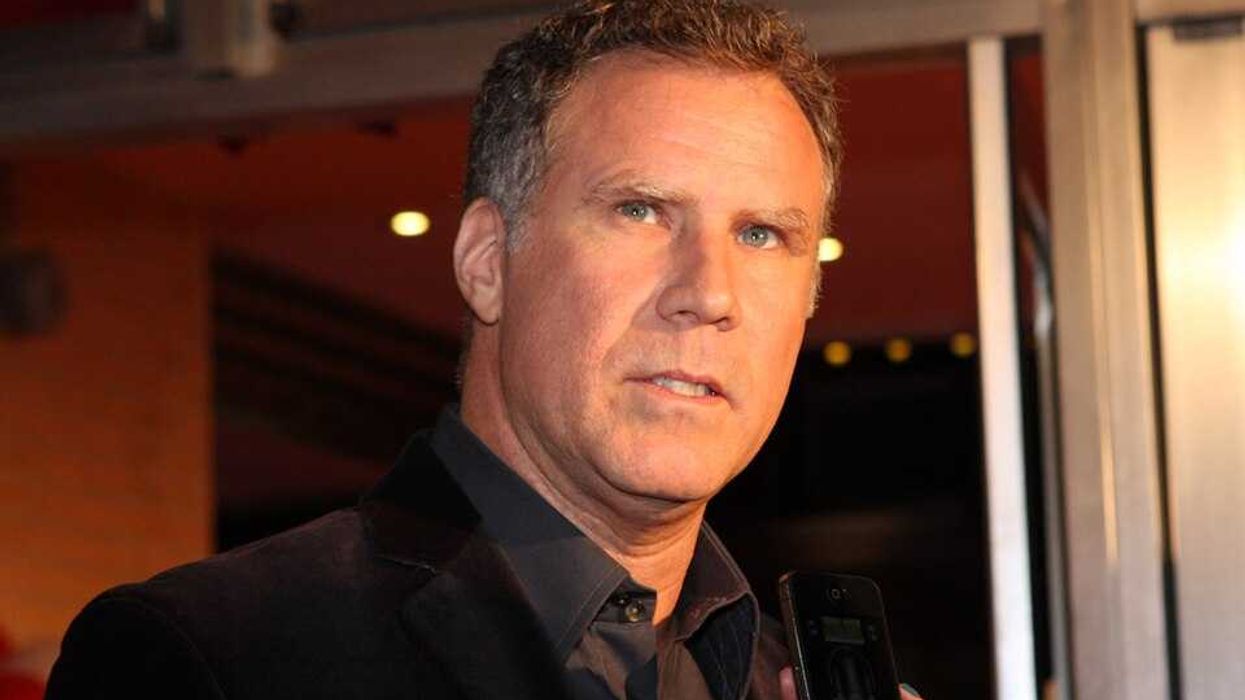

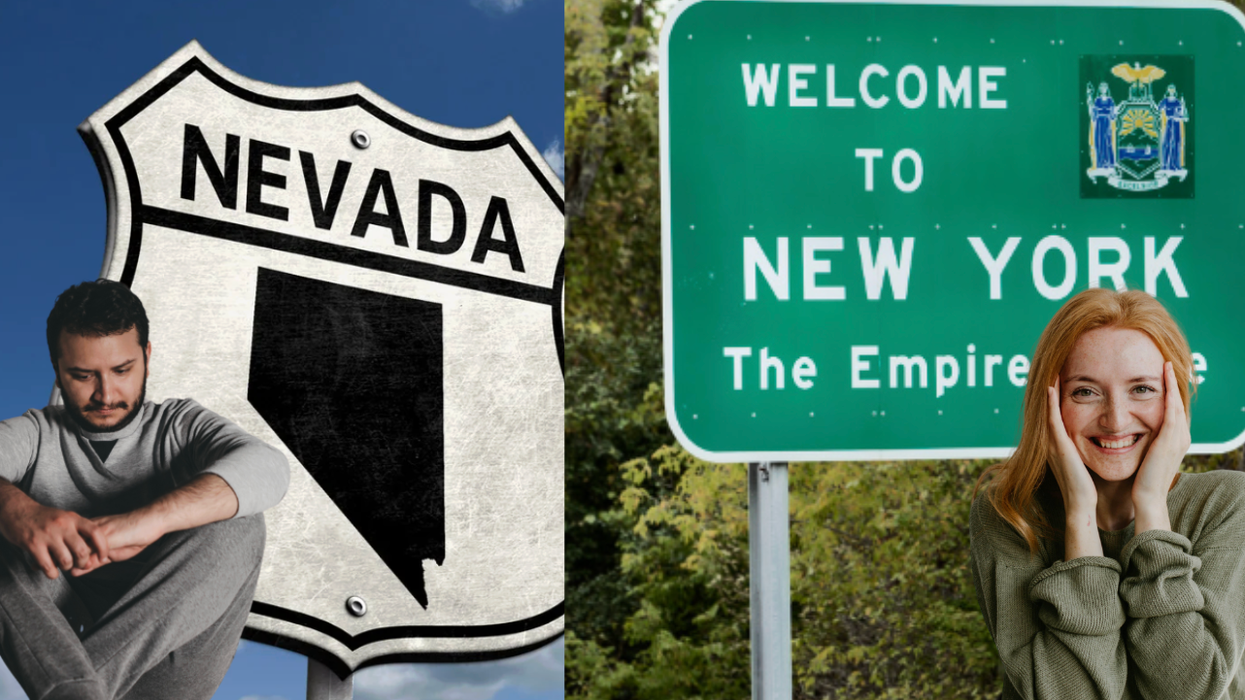




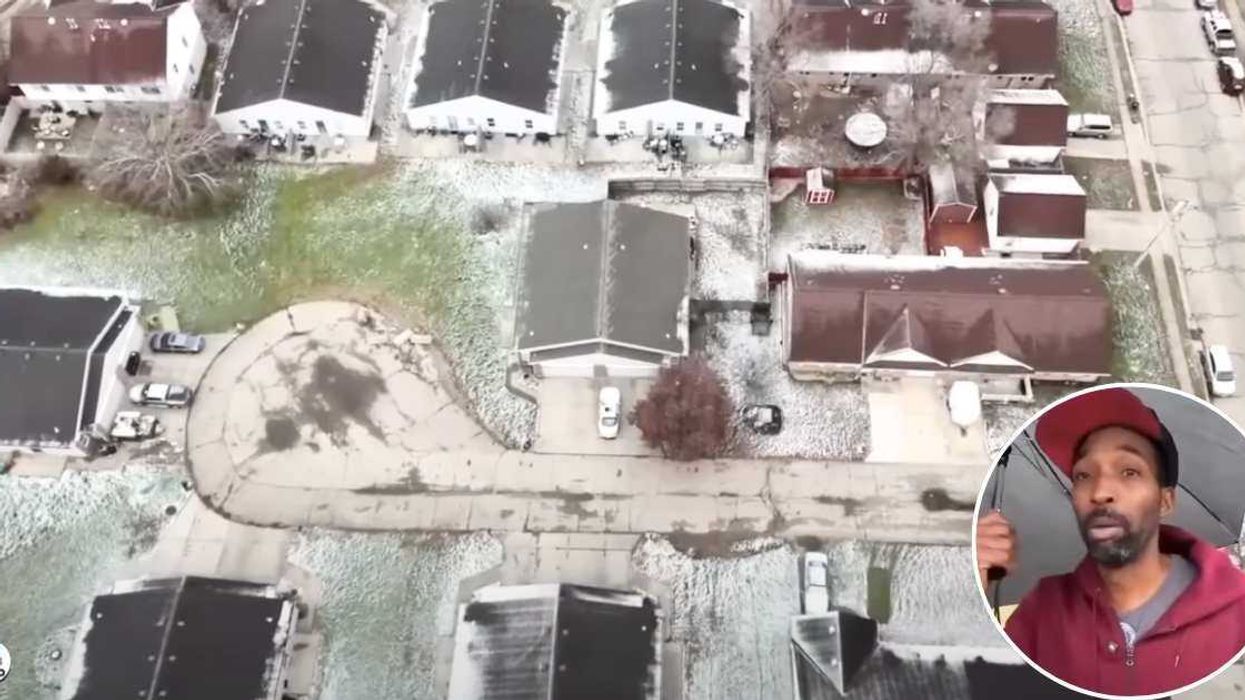



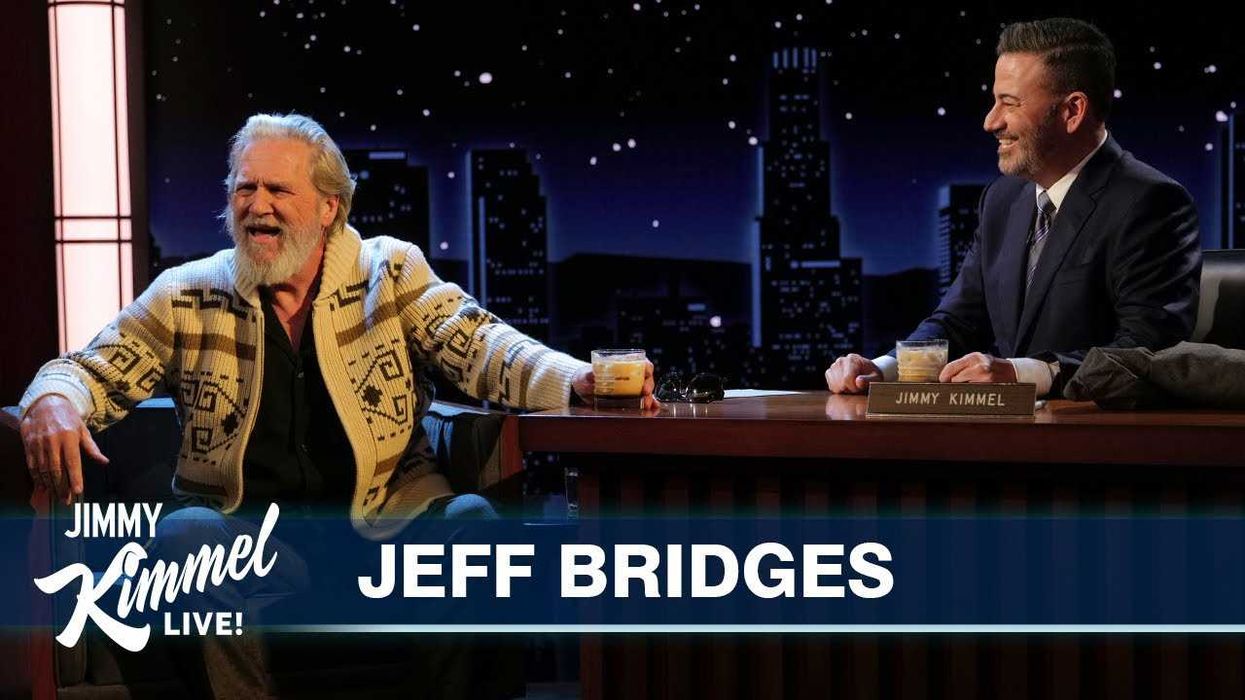
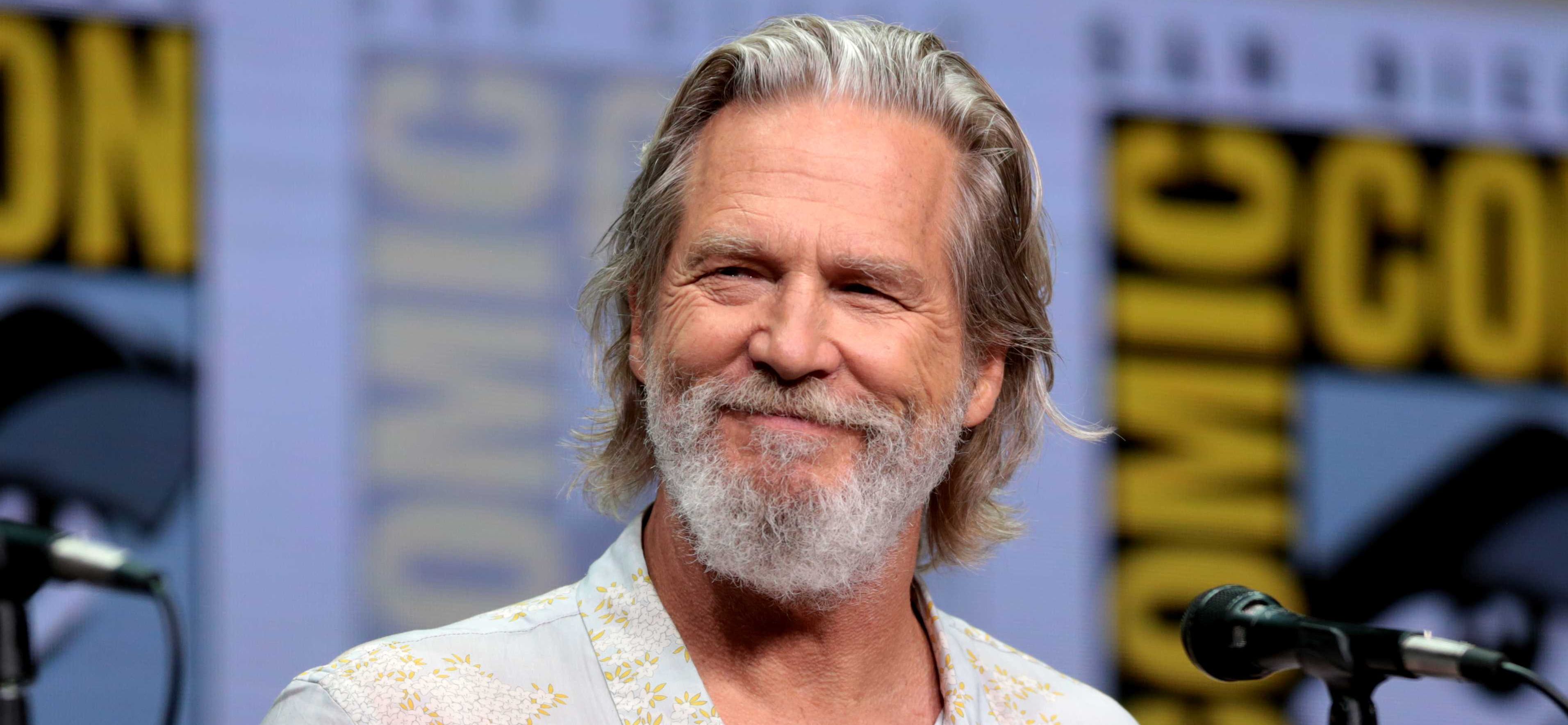 Jeff Bridges at Comic Con.Photo by Gage Skidmore via
Jeff Bridges at Comic Con.Photo by Gage Skidmore via 

 Whitney Carpenter with a patient in one of her custom port shirtsAtrium Health
Whitney Carpenter with a patient in one of her custom port shirtsAtrium Health 
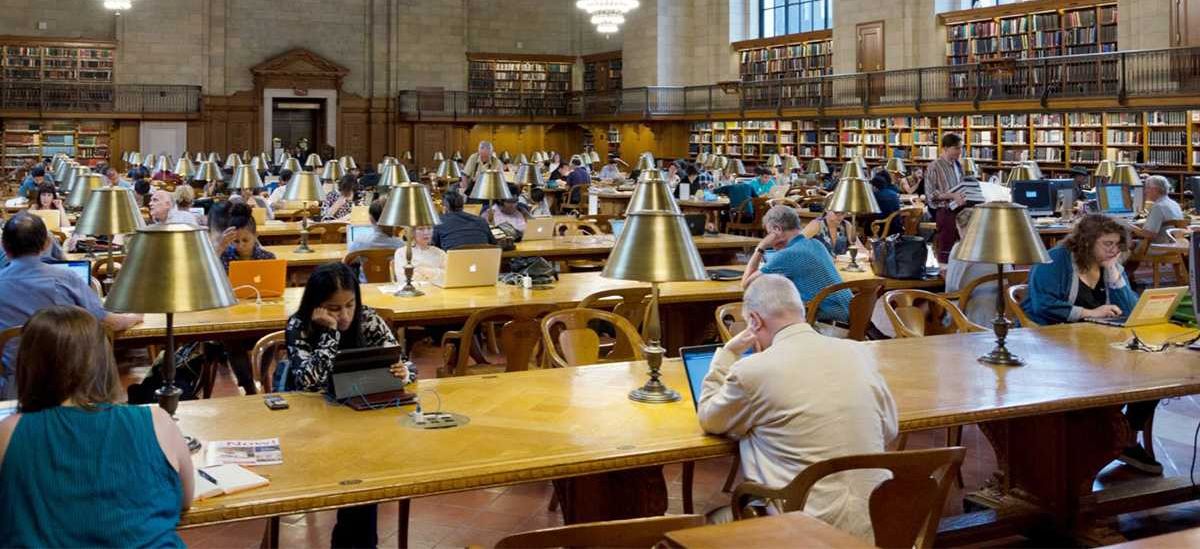 People at a public library.Image via
People at a public library.Image via  Father and child making origami together.Image via
Father and child making origami together.Image via  Woman takes a bath.Image via
Woman takes a bath.Image via 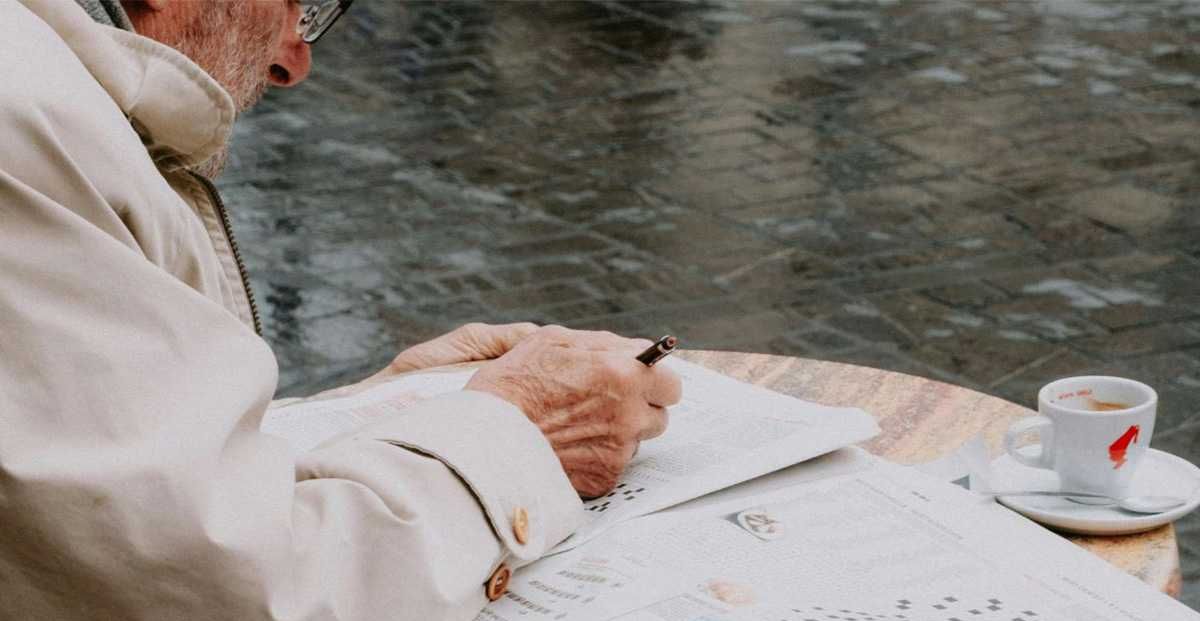 Older man solving newspaper crossword on a street table.Image via asdf - Photo by Mathias Reding
Older man solving newspaper crossword on a street table.Image via asdf - Photo by Mathias Reding Happy seniors ride bikes.Image via sdf - Photo by Syda Productions
Happy seniors ride bikes.Image via sdf - Photo by Syda Productions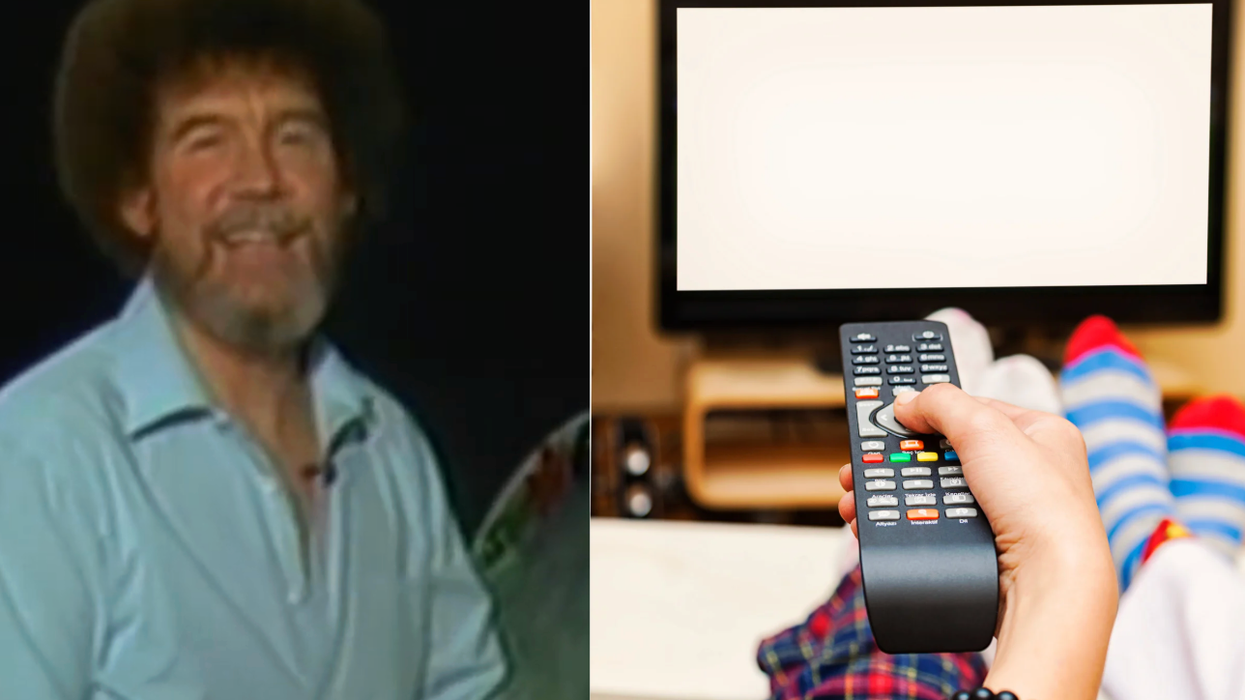



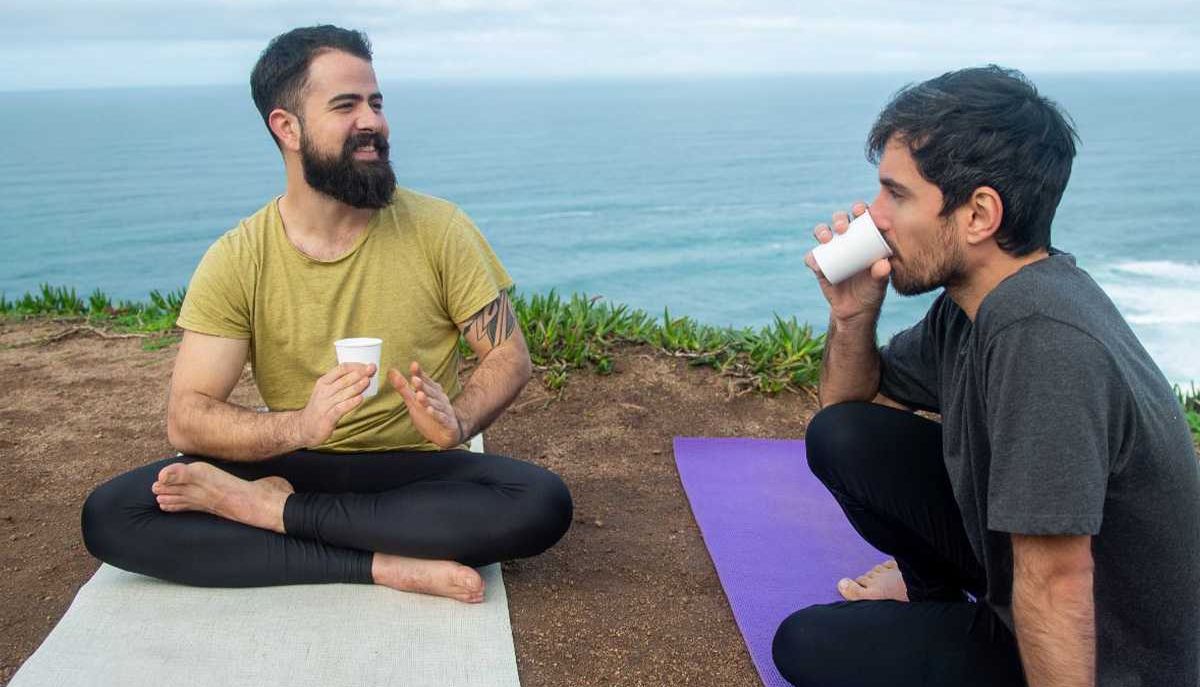 Men practice mindfulness overlooking the cliffs and ocean.Image via
Men practice mindfulness overlooking the cliffs and ocean.Image via 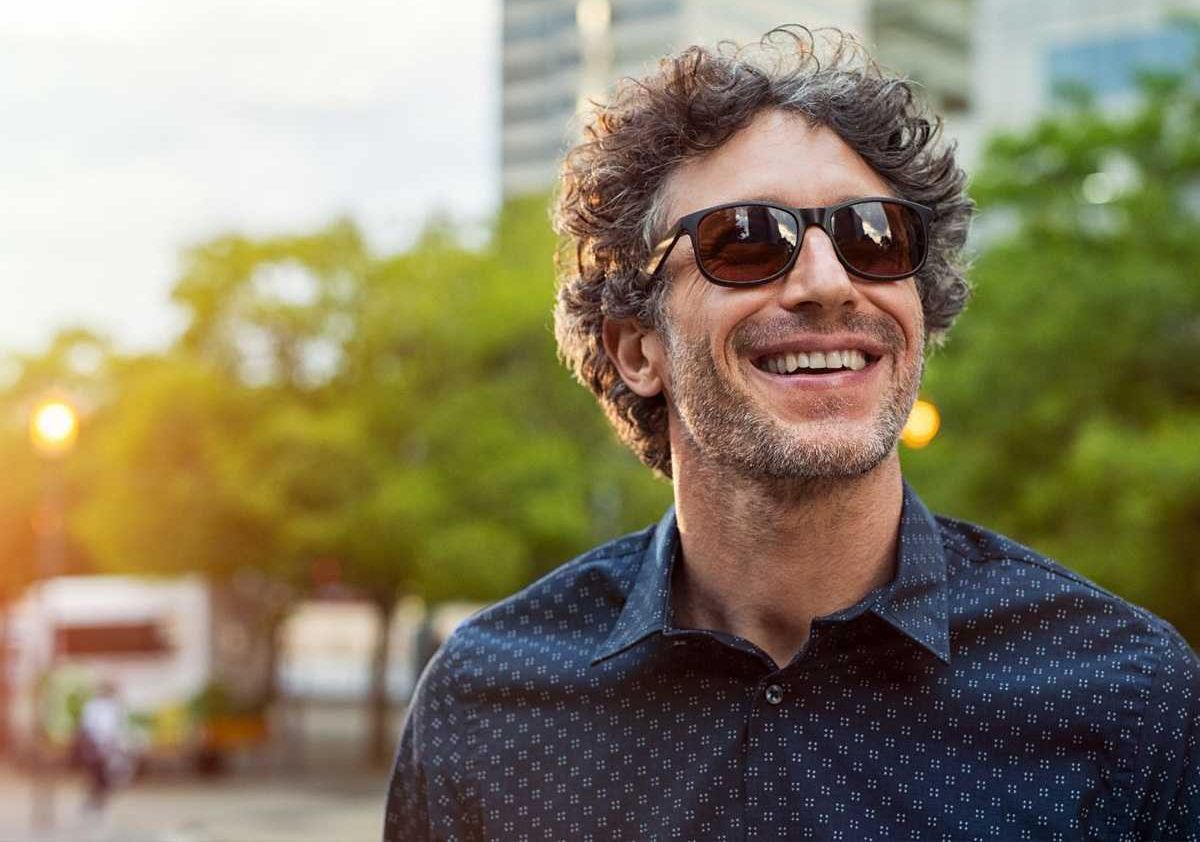 Man smiles at dusk.Image via sss - Photo by ridofranz
Man smiles at dusk.Image via sss - Photo by ridofranz